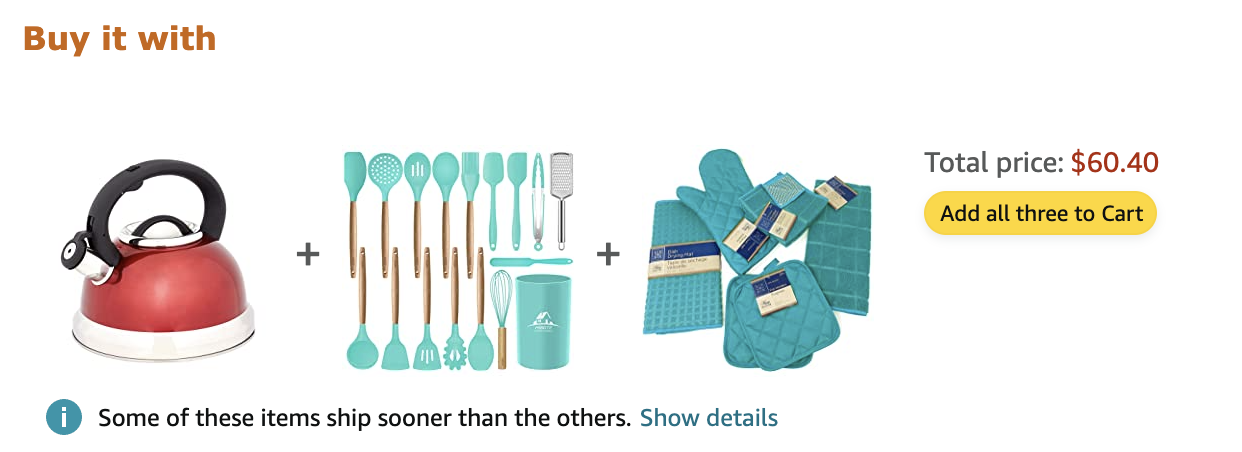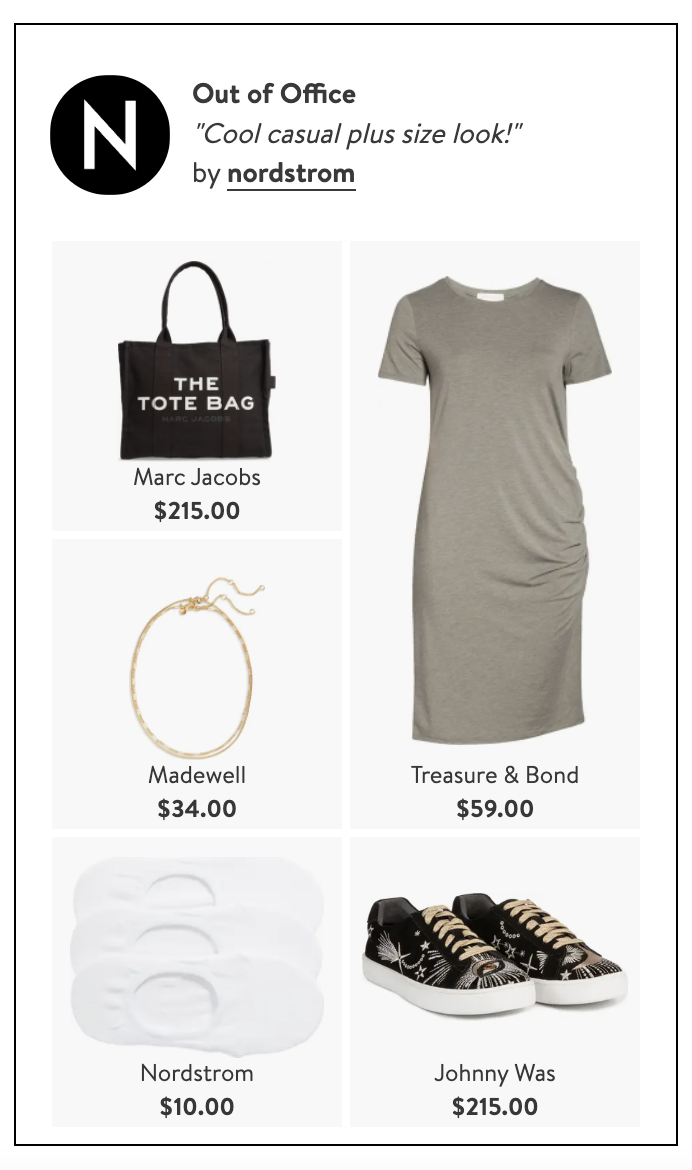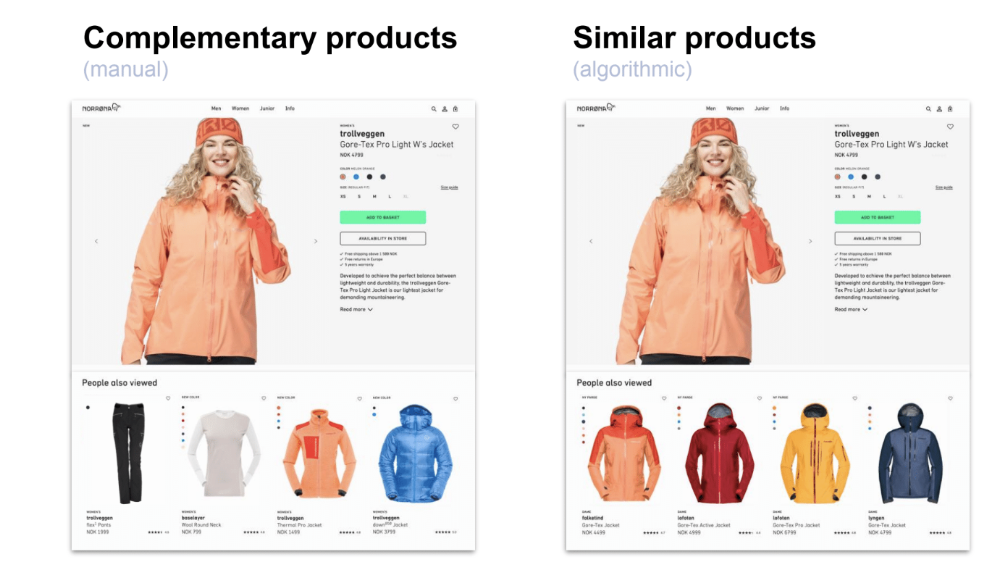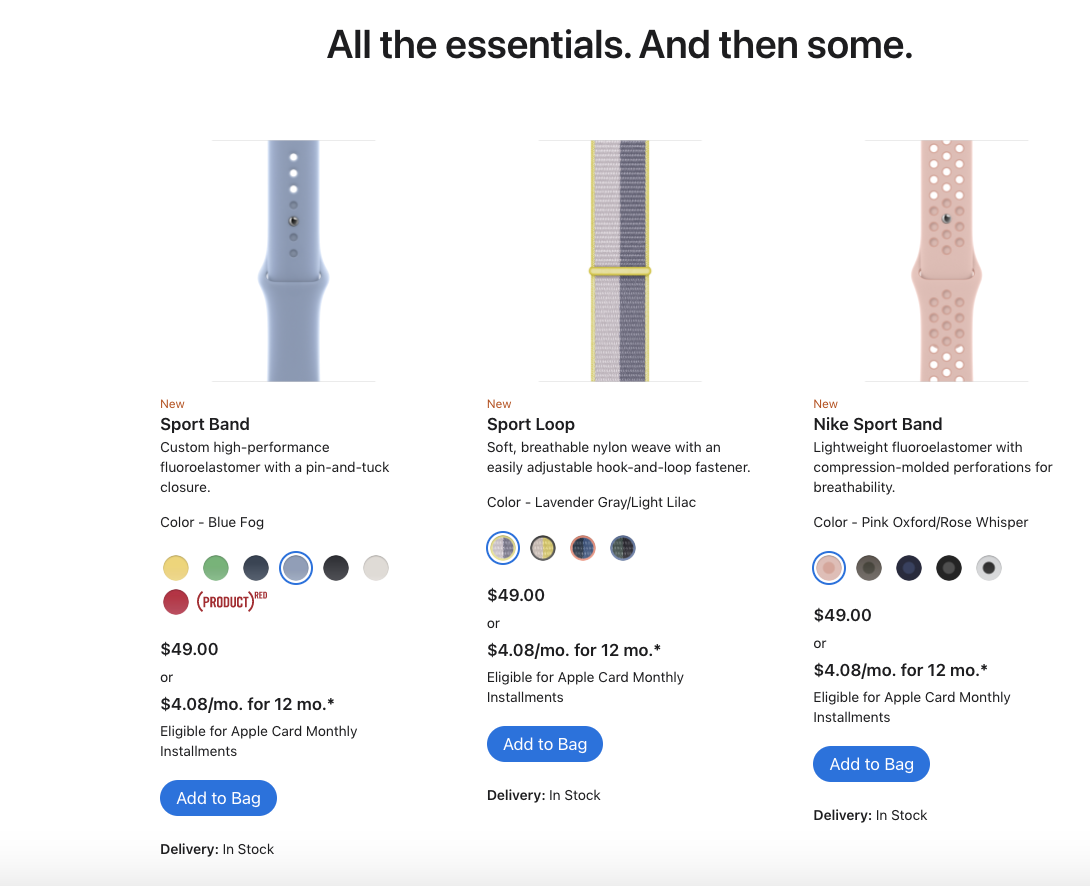Examples of Cross-Selling
Here we will go over examples of cross selling that you can use for your business.
Here we will go over examples of cross selling that you can use for your business.
Cross-selling is a common tactic used to generate more revenue by increasing the order value of a customer.
As a consumer, odds are you’ve been on the receiving end of a cross-sell strategy. This is the moment when a business will suggest an add-on to your original order: it can range from adding a side to your meal, to purchasing an item that complements the one you already intended to buy (e.g. purchasing light bulbs along with the lamp).
It’s important to note, though, that cross-selling only works when it’s relevant to the consumer (and suggested at the right time). Below, we walk through X different cross-selling strategies that can be used as inspiration for your own business.
Amazon has become known as a cross-selling masterclass with its personalized recommendations and seamless, one-click checkouts.
One tactic that they’ve started using is their “Buy it with…” carousel at the bottom of product pages.
For instance, when shopping for a tea kettle, the “Buy it with…” carousel populates with other related kitchenware items: a set of spatulas and cooking utensils, along with oven mitts. It’s not a far-off leap in logic that someone might be interested in these products, which are in the same houseware category as a tea kettle. Even better, Amazon makes adding these items extremely simple: with a single CTA that has the bundled price listed overhead.

Another example of this is with Nordstrom, which curates different outfits and accessories together based on certain themes (e.g. “Out of Office,” “Pool Day,” and so forth). Shoppers have the option to buy the full head-to-toe look, or mix and match different items – putting a fun spin on cross-selling.

A common tactic among online retailers is the “You’ll also like” carousel, which is when similar items are shown to a customer. Take a look at Abercrombie & Fitch as an example: on a product page for straight leg jeans, these items appear in the “You might also like” carousel, showing similar variations of the same style.

Abercrombie & Fitch’s You might also like carousel
Norrøna, a Norwegian retailer for outdoor products, also found success by showing similar items on specific product pages. But perhaps the greater takeaway is how they arrived at this decision. Originally, Norrøna had been showing complementary products to users, but wanted to test if there was a more impactful option.
So, using Twilio Segment and BigQuery, Norrøna built a recommendation engine to test the performance of showing similar vs. complementary products. After a 16-week A/B test, they found that the similar products version had 50% more conversions than the original.

Norrøna cross-selling A/B test
Apple is another prime example of effective cross-selling. Once users add an item to their cart, they’re taken to another landing page that lists accessories that person might be interested in also purchasing.

The below example is a landing page that a person would see after adding an Apple Watch to their cart. One row of relevant, optional add-ons includes different kinds of sport bands. Not only is this thematically relevant to the person’s intended purchase (the Apple Watch), but it also gives people an opportunity to further customize their order.
The makeup and beauty brand Glossier also uses a cross-selling tactic on their website: their “Save with sets” feature.
On different product pages, Glossier will feature two different sets that are related to the item being viewed. These are essentially product bundles that when bought together are sold at a discounted rate.

Glossier does a great job of incentivizing consumers, by highlighting the cost savings tied to buying a set. Showing two options to users is also a great opportunity to see if there are certain bundles that people gravitate toward (over another).
Connect with a Segment expert who can share more about what Segment can do for you.
We'll get back to you shortly. For now, you can create your workspace by clicking below.
Amazon is known for being a powerhouse when it comes to leveraging data to personalize customer experiences and cross-sell products. Two strategies they use include: bundling products, and featuring related items in a product carousel.
There isn’t a universally agreed upon best time to cross-sell. However, you typically see cross-sell offers pop up as a consumer gets closer to converting (e.g. making a purchase).
Be careful of trying to cross-sell too early (i.e. before a person has even decided to purchase anything) as that can come across as pushy and off-putting. When cross-selling, the additional products should always be framed as adding more value for the consumer.
When it comes to cross-selling, there are a few do’s and don’ts to keep in mind. First, understand your customers and their motivations. What products would they find complementary to each other? For instance, if you’re in SaaS, a developer might be interested in a completely different add-on than a marketer. (Complementary products is of of McKinsey’s “six Cs for cross-selling success.”)
Second, be sure that the products that you’re suggesting are relevant to one another. Does suggesting someone buy a pair of headphones along with face wash make sense? Not exactly. Businesses can analyze buying behavior to see which products people tend to bundle together already, and use that as a starting point.
Also be sure to test! Continue to optimize cross-selling campaigns by running experiments to better understand which strategies and tactics work best.
Twilio Engage empowers teams with the capabilities they need to pull off cross-selling. With its scalable customer data infrastructure, and over 400 communication APIs, Twilio Engage gives teams the insight they need to power personalized communications based on clean, accurate data.